Israel, imagined and real: An interview with director Elad Keidan at the Cannes Film Festival 2015
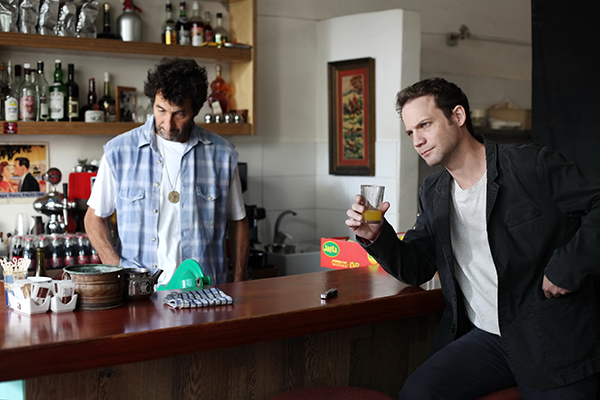
Young filmmaker Elad Keidan passed by the Croisette to present his first feature-length film Hayored Lema’ala (Afterthought). We took this opportunity to have a conversation with him about fragmentation and movement, the randomness of chance and exploding planes.
How is it to be back in Cannes with Afterthought, after winning the Cinéfondation 2008?
It’s like in Lord of the Rings or The Hobbit, it’s a long-expected party. It’s been a long while and it’s not obvious for me to be back here. I think my film is very site-specific – about Israeli culture – and I wasn’t sure if the heads of the Selection would connect but, to my surprise, they liked the film and appreciated its sensitivities and approach. It’s a great thing for the film and also, I hope it contributes to cinema, to diversity, to the feeling that there are many different kinds of Israeli films. And I hope it contributes to the ability to make another film. You know, this is what really concerns filmmakers most of all, the question of whether they can finance the next film and how long it will take. I already have three new projects that I want to film.
What made you choose your hometown of Haifa to tell Moshe’s and Uri’s story?
I grew up in Haifa and I was always intrigued with the old mountainside of the city, the rapidity of the development of the country and the changes in Israel and the region’s history. The mountainside is composed of many layers, each in a way depicting different historical times, different ideas, different architecture and it’s a voyage through time going down or up the mountain. At the bottom you have British mandate buildings, and the British actually built the port and dried out the sea to create it. So the first two or three streets of the city at its bottom are the work of the British and, going up, you have old deserted Arab homes of refugees from ’48. And further up you have modernistic buildings from the 50s, from the socialist era, and going even higher up, you have capitalistic petit bourgeois houses, which supposedly project some better lifestyle, although I highly doubt it. Finally at the top, you have a shopping centre. It’s a representation of history and since, in general, I’m interested in movement, of people in the exterior, on the street, encounters with strangers, encounters with society, what composes the individual as part of society, it was very natural for me to use this theme.
The theme of moving up and down is like a mechanical experiment. I tried to dramatise this sort of movement in my short film Anthem as well, where the hero went up and down a street in Jerusalem on his voyage to buy milk. As it gets complicated, we get a better grasp of something about the human condition, it’s a bit like in The Big Lebowski: his whole problem is that someone pissed on his rug, but we get something very philosophical from that. I like to make stories where the conflict is minimal. I come from a place with high-intensity conflicts, both individual and systematic. But I feel for myself, having a story with minimal conflict is a perfect experiment of finding out what the conflict really is. When it’s high-intensity, it’s obvious. These conflicts are like quantum physics, you try to check what the minimum amount of conflict is, in order to see its totality. What constitutes our conflict with ourselves and our surroundings? You complain about your neighbour and a fence he built that you don’t like. It’s something very specific and the UN doesn’t have anything to do with it. But it says a lot about aesthetic ideas and how people think that life should be lived. I like it a lot when miniature problems are somehow allegoric of bigger issues. And I feel that for people who might not be willing to deal with the bigger issues, this is some gateway to discussion.
Is the big and dominating port of Haifa a symbol of escape to the outer world?
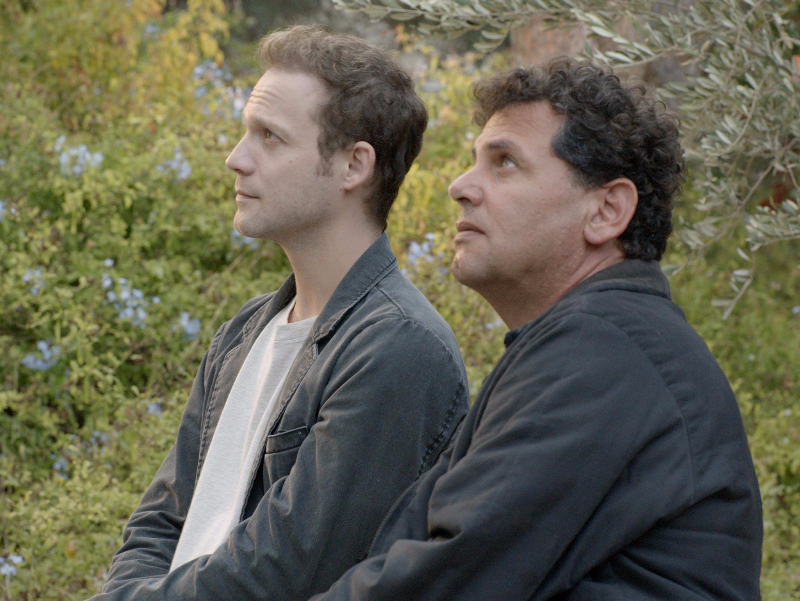 Yes, it is. I went to the military, frequently using the train to get there and, every time I passed the port, I had this fantasy of jumping off the train and climbing over the wall of the port and hiding on some ship, being free and going on adventures. You know, Israel is a place with many limitations. All the borders are closed, you can’t really go anywhere unless you fly out, and flying out is cheating in a way. So this idea of moving out by sea is a very liberating idea for someone in Israel.
Yes, it is. I went to the military, frequently using the train to get there and, every time I passed the port, I had this fantasy of jumping off the train and climbing over the wall of the port and hiding on some ship, being free and going on adventures. You know, Israel is a place with many limitations. All the borders are closed, you can’t really go anywhere unless you fly out, and flying out is cheating in a way. So this idea of moving out by sea is a very liberating idea for someone in Israel.
Fear of flying is a theme mentioned in your movie. Do you have problems with flying?
Yes, the hero is heard saying he doesn’t like planes, and I thought of adding a line saying that he always thinks of the film Blind Chance by Kieślowski. It’s a film about a guy who runs after a train, and it correlates with my film also concerning randomness and how we make choices in life. It’s three parts. In the first part he reaches the train, he becomes a secret agent and he’s helping to lock up young revolutionaries. And cut. He’s running towards the train, this time he misses it. So he stays in the city, meets this nice girl and becomes a revolutionary with her. And in the third part he reaches the airport, the plane goes up and it explodes. And this is the end of the film. It’s this feeling of no escape. Whatever ideological path you take, you can never know if it was the right choice and this is very true not only for Israel, but for any place. We make choices, ideological ones and others, without being able to know the outcome, unfortunately. I love this film a lot, Kieślowski is amazing. There are many commercials that use his cinema in a distorted way and they don’t pay his family royalties.
One of your main characters, Moshe, has experienced some hardships and loss in his life. Now he might be losing even more. How would you describe his reaction? How do you see his future?
Well, the positive thing I see about his future is part of the theme of the film, which is movement: being able to move on physically, facing conflict and tragedy, is an attribute of life. This is the optimistic thing, but his character really ends in a tragic spot. There is also irony for me because of the reconstruction he is part of at the end of the film. He’s reconstructing this layer of bricks, that the other guy, in his frustration, destroyed. But he’s reconstructing a lie, he’s reconstructing false uniformity. Both heroes are in a way at a tragic ending point where the only optimistic thing is that they continue to move in order to exist, so they still potentially have an option to sum up their experience and maybe reach a higher level of choice and involvement in their reality.
A central moment is when Moshe, the former teacher, and Uri, his former student, meet coincidentally and start a conversation about what happened to all of the old schoolmates of Uri’s. It seems that most of them went abroad, ended up in the military or became religious. What do you think of these choices? Is it a comment on the youth in Israel?
First I wanted to express this petit bourgeois conversation which is hardly heard in the cinema, where you can talk for long minutes about what happened to this guy and to that guy you have no relation to. But somehow it’s very interesting if he got married or divorced, if they had a big fight, whatever questions we are reluctant to ask but still would very much like to know the answers for; it’s why Facebook is so successful. So this sort of checklist of what people did in their lives after many years is an interesting thing for me to express in the film. And yes, the idea that many people end up in the military or found their solution in religion is typical. Israel in general is becoming more religious and more dependent upon Judaism as a religion, as a construction block of its identity unfortunately, where the better solution, in my view, would be a multicultural Israeli national identity that can sustain all different ethnicities and streams of religion. Of course it’s a portrait of our times and not something where you can convince somebody to do this or that.
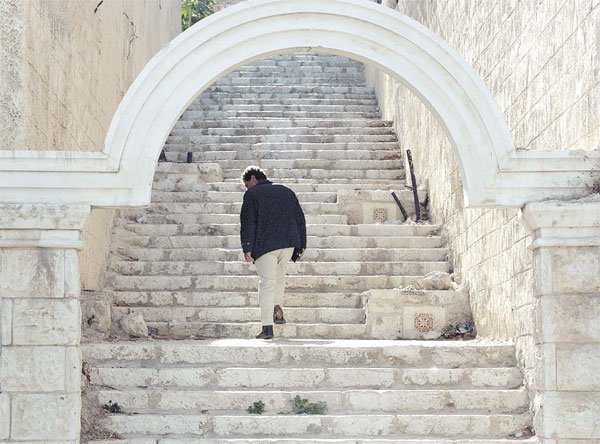 It happens to me that I make a film and then I realise it correlates with someone else’s creation. With my short film Anthem – only after writing the script and designing the plot and everything – someone told me it is reminiscent of Jaques Tati. And then I went and saw Jaques Tati and it was true. You see somebody did these things that are similar and it gives you a mandate. It made me stronger in my conviction to do that. With this film now, I wrote the script, I gave it to a friend and he told me the basic idea is really similar to Ulysses. There, you have the city of Dublin, you have an old man, a young man, they’re walking in the city and through them you get this collage of the city. The old man is being betrayed by his wife, being forced to contact the people who are his wife’s lovers. His wife is into music, the wife of Moshe is into music. The young man is a disillusioned poet, hopeless, pessimistic, he doesn’t know what to do with his life. And he’s also a singer. The trouble is that Joyce wasn’t a filmmaker. Jaques Tati was. So in a way this film is more literary.
It happens to me that I make a film and then I realise it correlates with someone else’s creation. With my short film Anthem – only after writing the script and designing the plot and everything – someone told me it is reminiscent of Jaques Tati. And then I went and saw Jaques Tati and it was true. You see somebody did these things that are similar and it gives you a mandate. It made me stronger in my conviction to do that. With this film now, I wrote the script, I gave it to a friend and he told me the basic idea is really similar to Ulysses. There, you have the city of Dublin, you have an old man, a young man, they’re walking in the city and through them you get this collage of the city. The old man is being betrayed by his wife, being forced to contact the people who are his wife’s lovers. His wife is into music, the wife of Moshe is into music. The young man is a disillusioned poet, hopeless, pessimistic, he doesn’t know what to do with his life. And he’s also a singer. The trouble is that Joyce wasn’t a filmmaker. Jaques Tati was. So in a way this film is more literary.
Why did you make Uri into such a secular person, a defender of enlightenment and its virtues?
Uri is close to my very own character. This idea of mythologizing enlightenment is a subject that has been in my mind for the past few years, because I have two kids. When you put your children through kindergarten, there are these events: holidays or commemorations where the parents are forced to sing religious songs even if they have no relation to that, because there are no other songs to sing. If they had other songs to sing, they could raise their children according to their interests, their beliefs and ideals. It doesn’t mean that religion is not good, it means that you can choose what your child is going to sing. So I gave this notion to Uri also because it’s a crazy dream. And I wanted him to have something that is like a fantasy, an intellectual fantasy allowing humanity to unite. He’s also talking about the unification and separation of the political parties, it’s something about heterogeneity versus homogeneity, with the bricks as well. It’s one of the subjects of the film, the secular character in front of the religious.
It is really a potpourri of little fragments, listening to one conversation, then leaving it again..
Yes.
What is your writing process like, then? It seems you have so many little ideas you could actually elaborate on.
Yes, this experience of walking in the streets, listening to fragments of what people say, sometimes capturing fragments that are very revealing about the human experience is something that I feel cinema is capable of conveying and should have the legitimacy of conveying. I prefer cinema that can risk trying to give a larger picture, trying to be heterogenic. It is so hard to get a film done and often times you try to focus only on one subject and conflict, one or two characters, not too many places, in order to make a strong film – and it works. But I am on the other pole of trying to create more of a collage with encapsulations. Like listening, it’s a heterogenic experience, everything is at once, all the effects are at once. For example, Uri passes a flower shop and overhears the owner answering the phone, saying “Flower shop, hello!” in a cheerful way and then saying “Oh, I’m sorry for your loss,” because it’s for a funeral. These are only two sentences, but within them lies a whole world.
Christian Herschmann
For our review of Hayored Lema’ala (Afterthought) visit here.
Read more of our reviews and interviews from the festival here.
For further information about Cannes Film Festival 2015 visit here.
Watch an excerpt of Afterthought here:

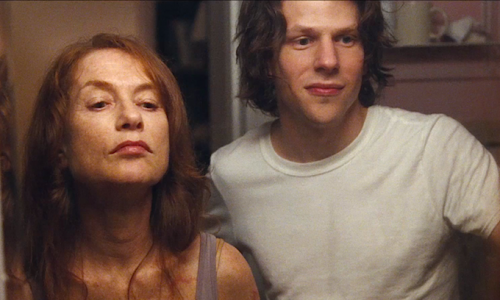
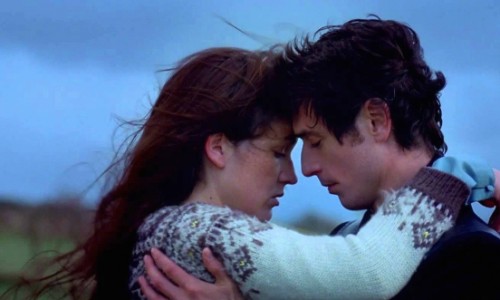
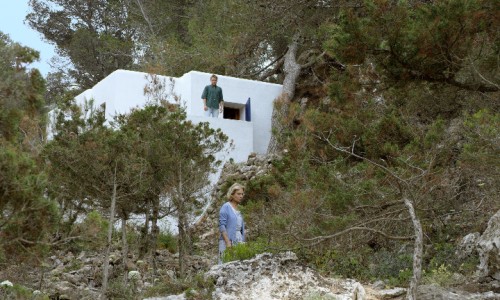
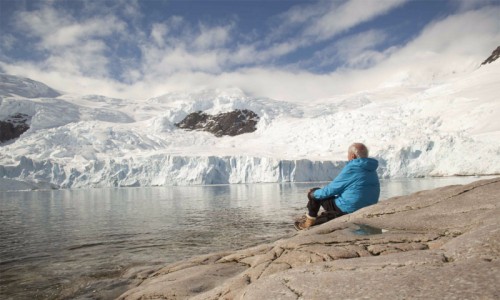
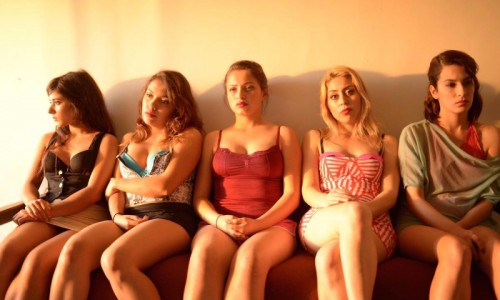
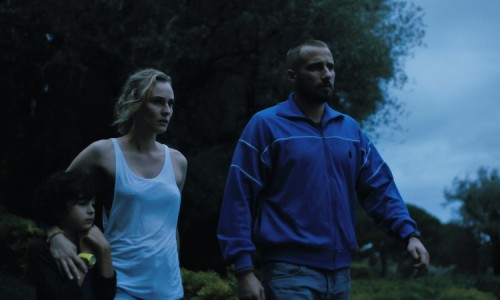
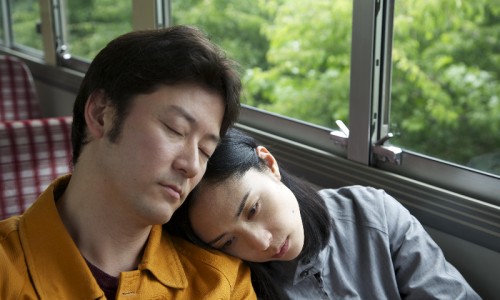
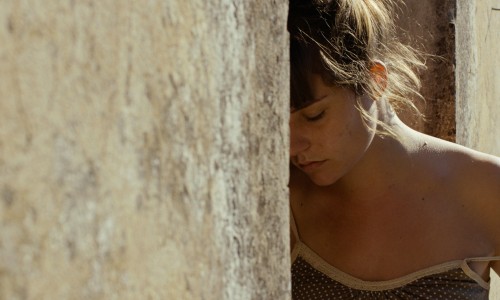
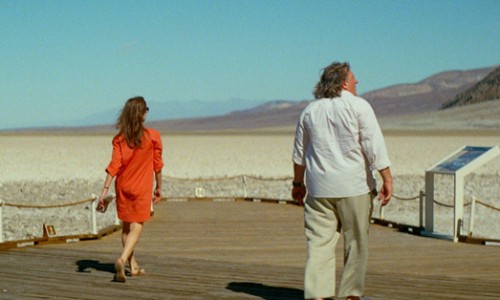
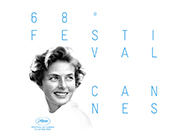














Facebook
Twitter
Instagram
YouTube
RSS